Our papers are the official record of our discoveries. They allow others to build on and apply our work. Each one is the result of many months of research, so we make a special effort to make our papers clear, inspiring and beautiful, and publish them in leading journals.
- Date
- Subject
- Theme
- Journal
- Citations
- Altmetric
- SNIP
- Author
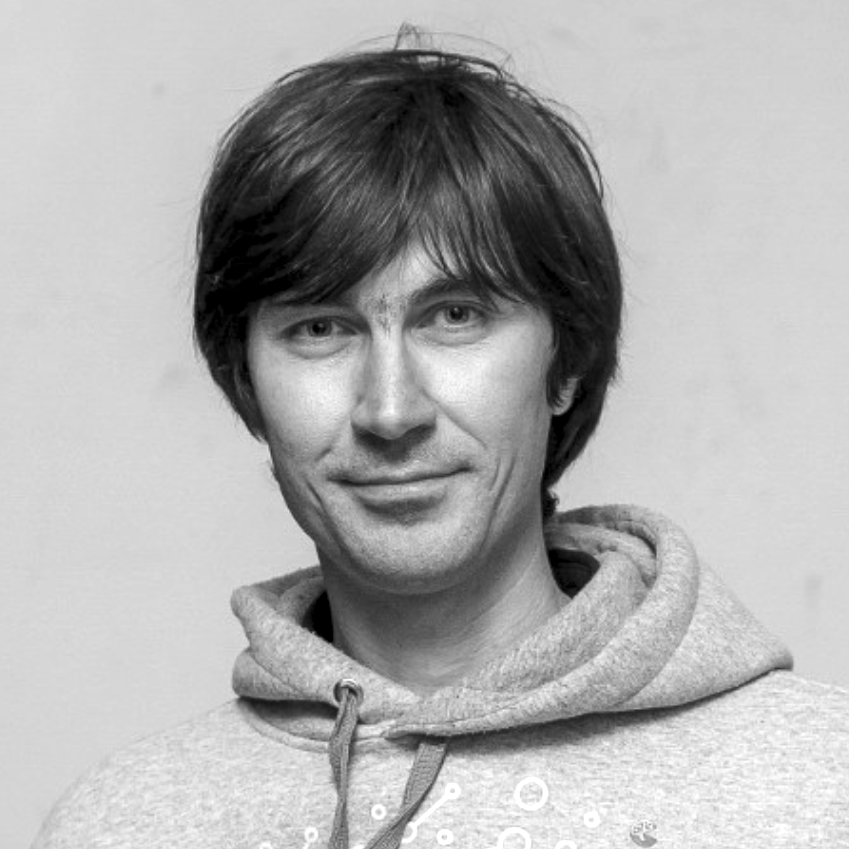 M. Burtsev
M. Burtsev A. V. Kosyak
A. V. Kosyak J. Wang
J. Wang Y. He
Y. He O. Gamayun
O. Gamayun E. Sobko
E. Sobko F. Sheldon
F. Sheldon F. Caravelli
F. Caravelli I. Shkredov
I. Shkredov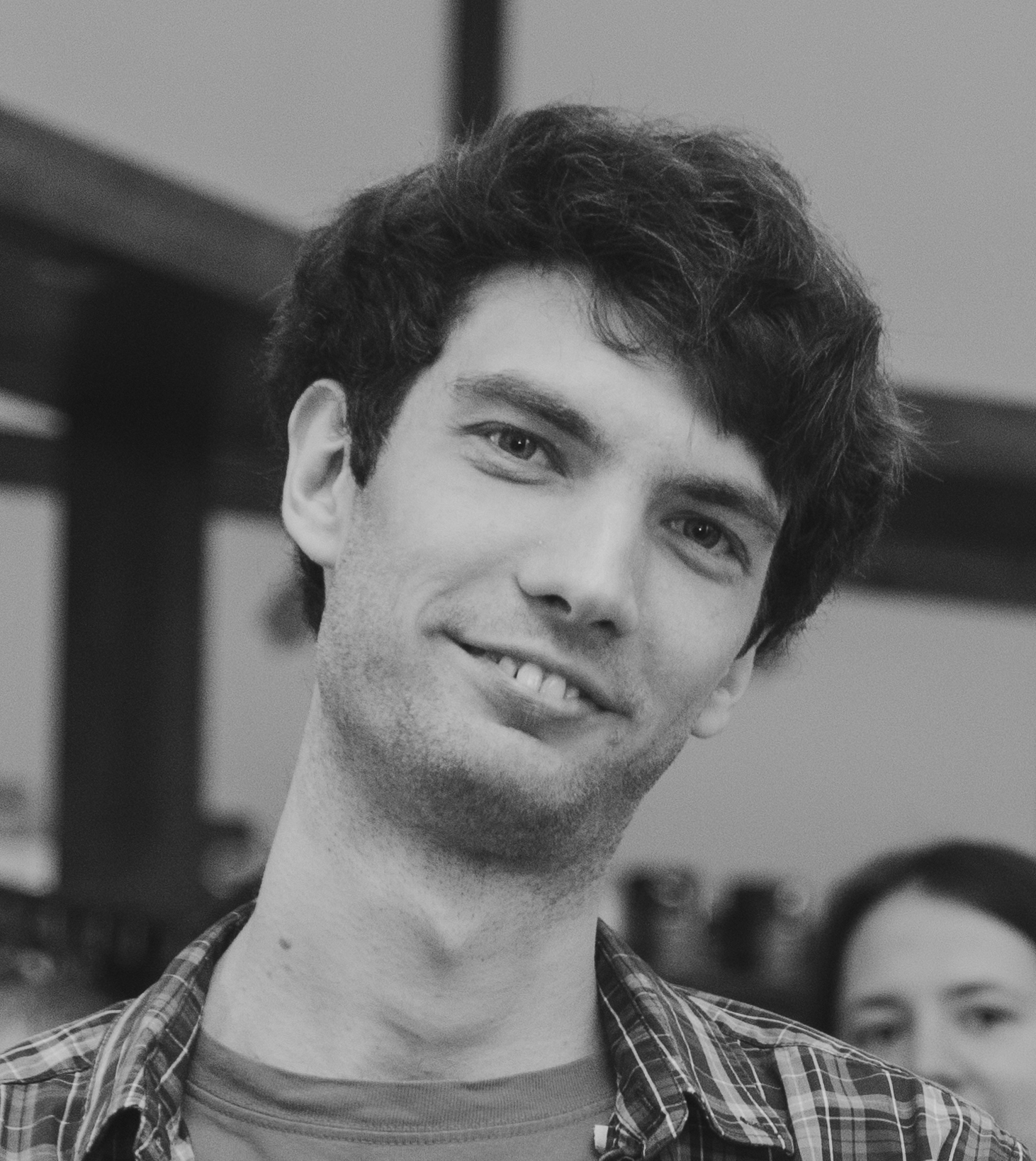 A. Stepanenko
A. Stepanenko A. Sarikyan
A. Sarikyan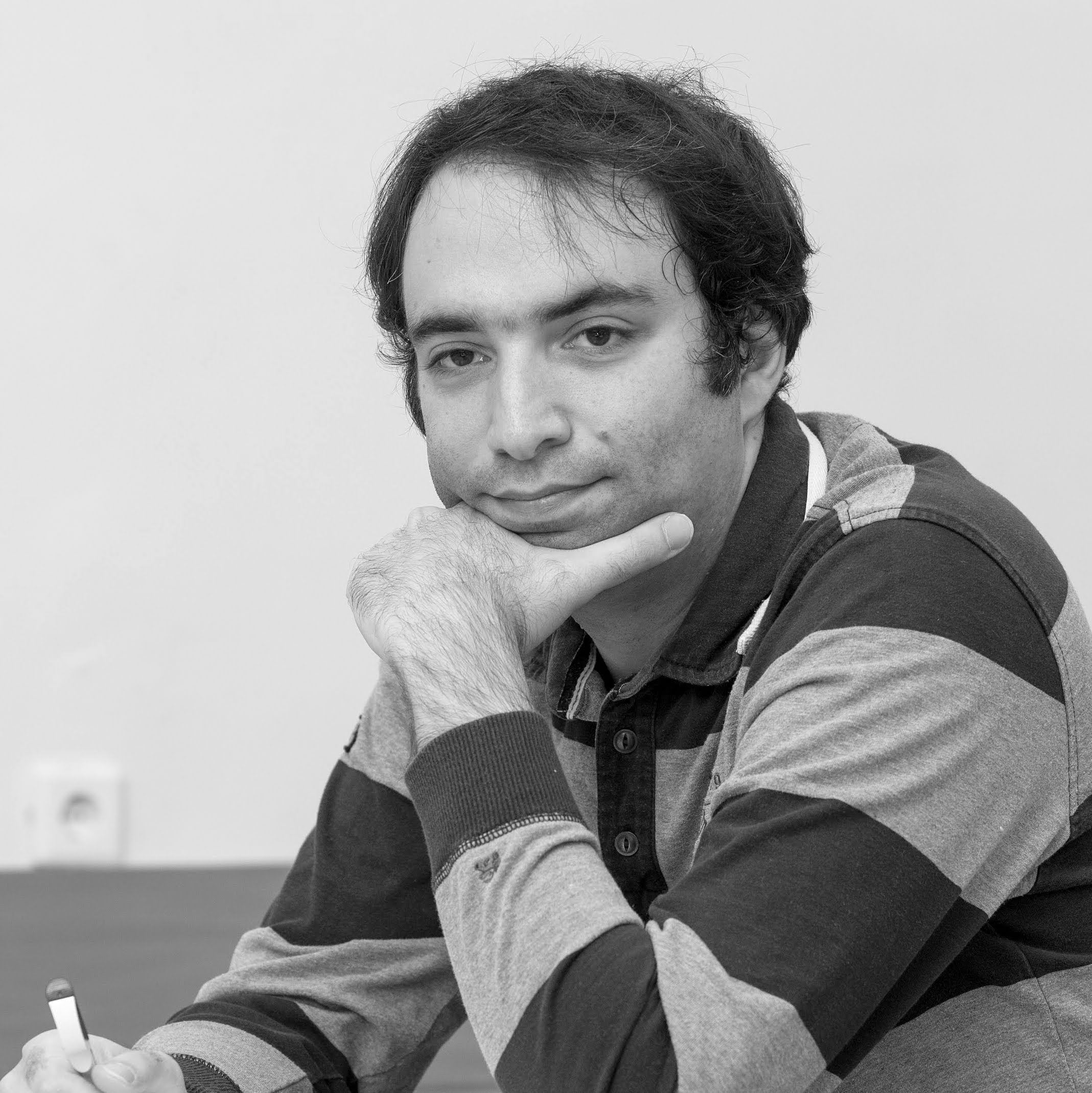 A. Esterov
A. Esterov A. Ochirov
A. Ochirov M. Reeves
M. Reeves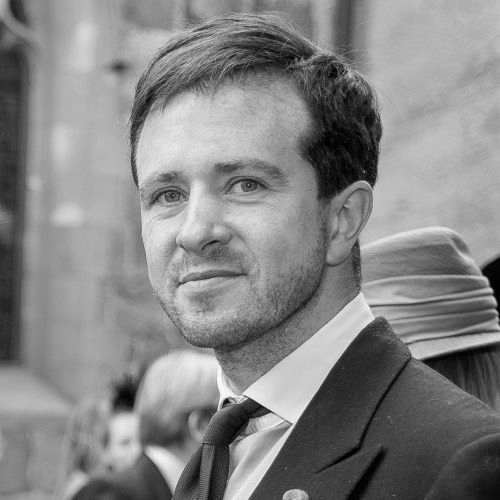 T. Fink
T. Fink G. Caldarelli
G. Caldarelli R. Hannam
R. Hannam A. Coolen
A. Coolen O. Dahlsten
O. Dahlsten A. Mozeika
A. Mozeika M. Bardoscia
M. Bardoscia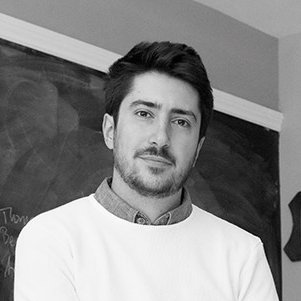 P. Barucca
P. Barucca M. Rowley
M. Rowley I. Teimouri
I. Teimouri F. Antenucci
F. Antenucci A. Scala
A. Scala R. Farr
R. Farr A. Zegarac
A. Zegarac S. Sebastio
S. Sebastio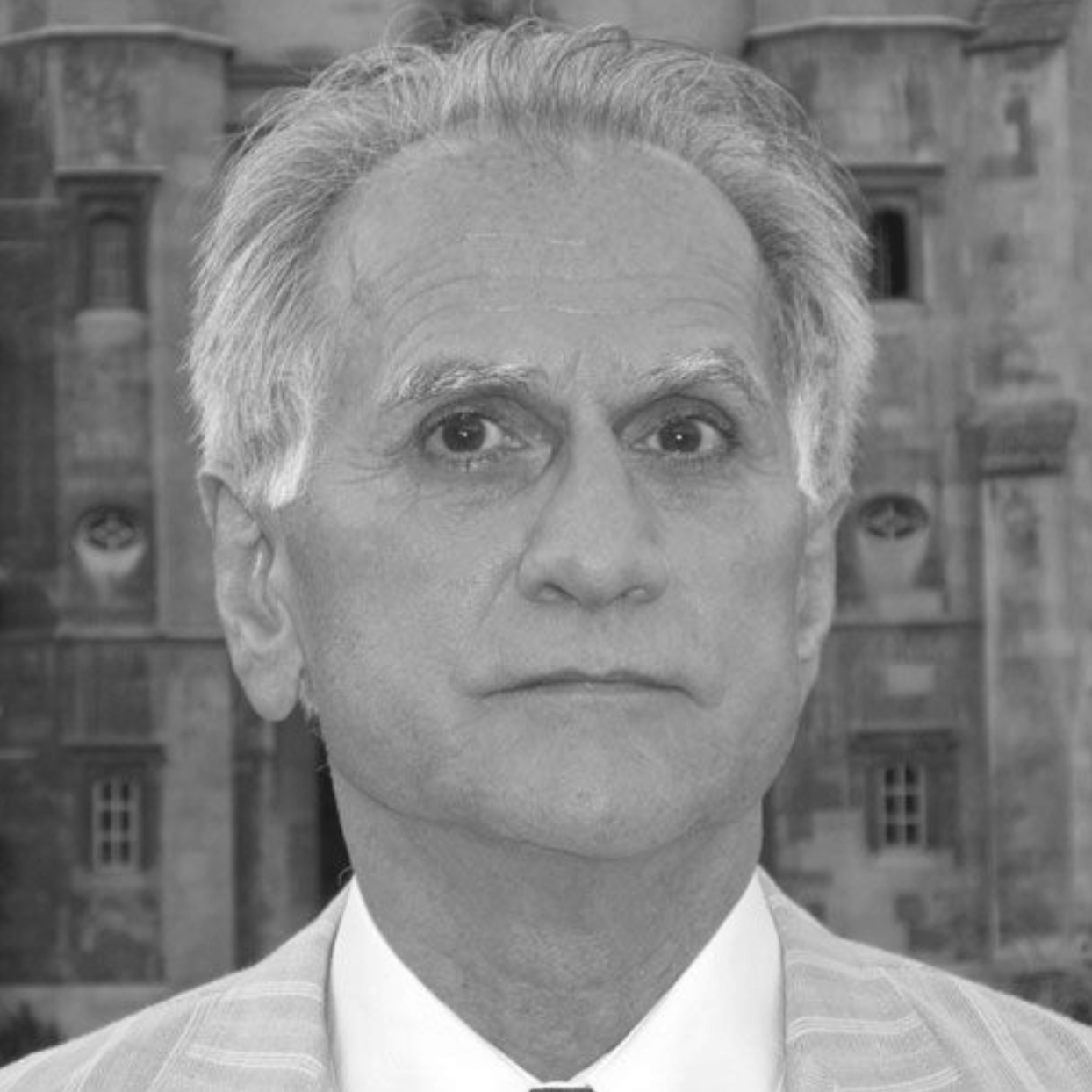 B. Bollobás
B. Bollobás F. Lafond
F. Lafond D. Farmer
D. Farmer C. Pickard
C. Pickard T. Reeves
T. Reeves J. Blundell
J. Blundell A. Gallagher
A. Gallagher M. Przykucki
M. Przykucki P. Smith
P. Smith L. Pietronero
L. Pietronero
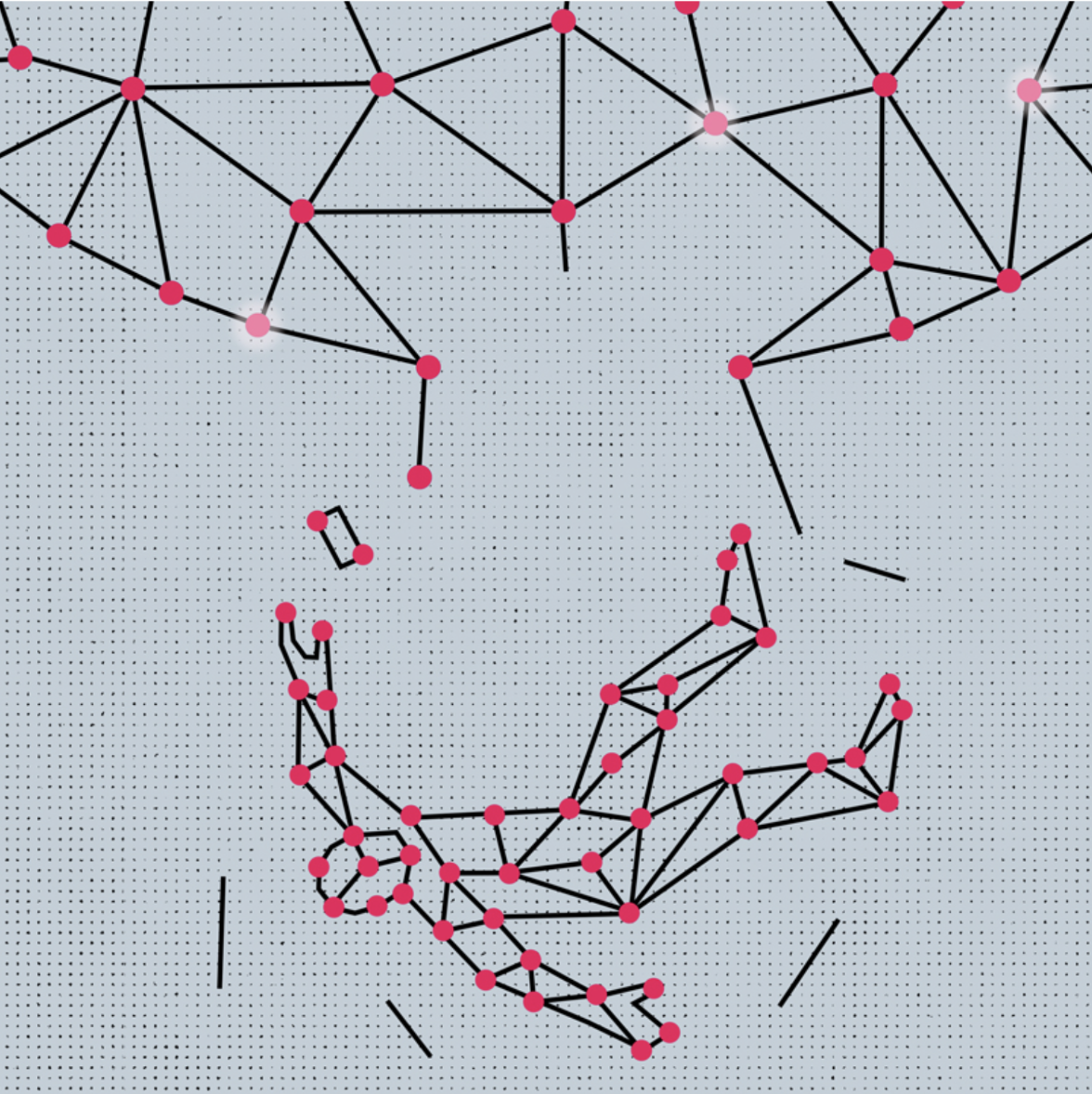
Machine learning
The limits of LLMs
Large language models like ChatGPT can generate human-like text but businesses that overestimate their abilities risk misusing the technology.
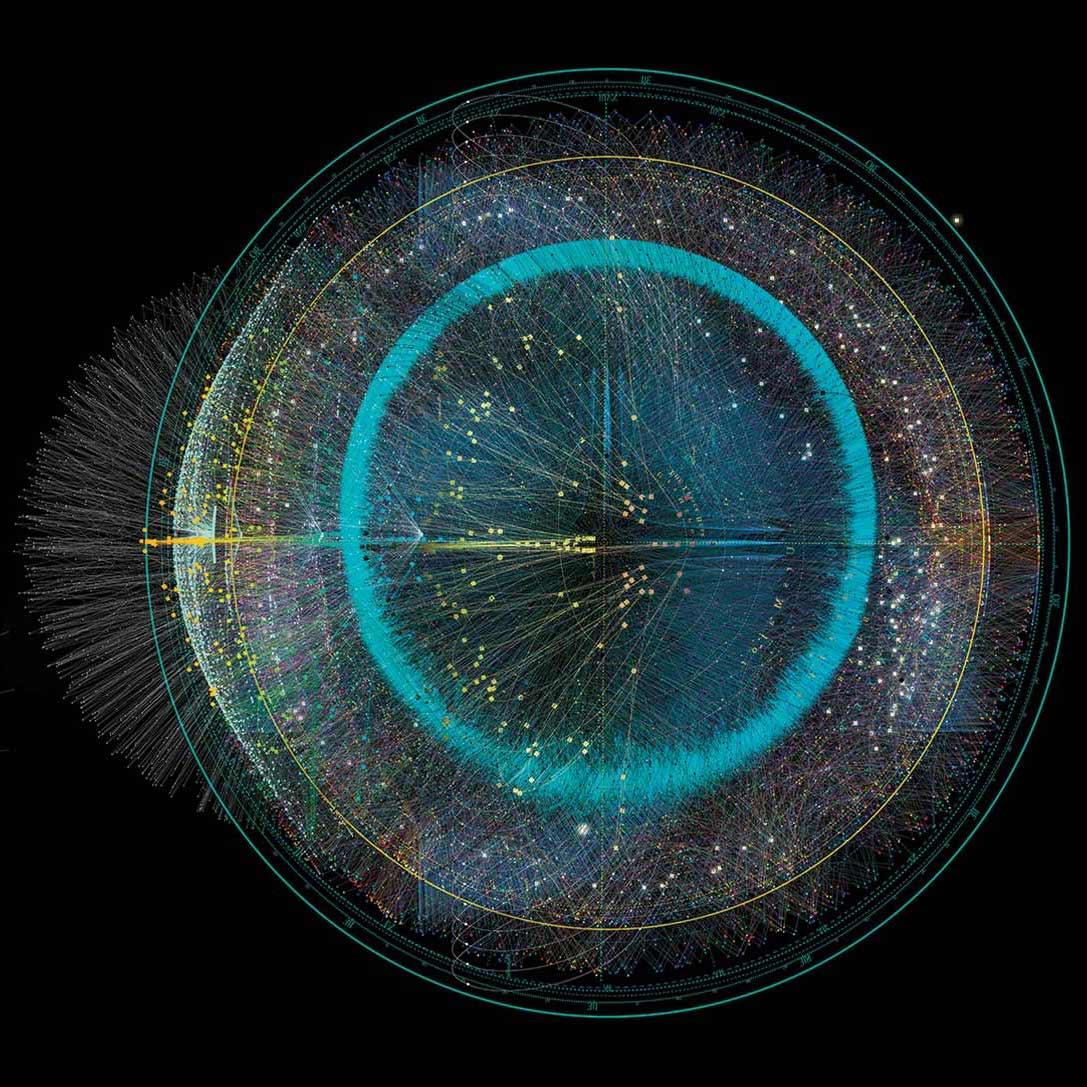
Theory of innovation
Taming complexity
Insights from biology, physics and business shed light on the nature and costs of complexity and how to manage it in business organizations.
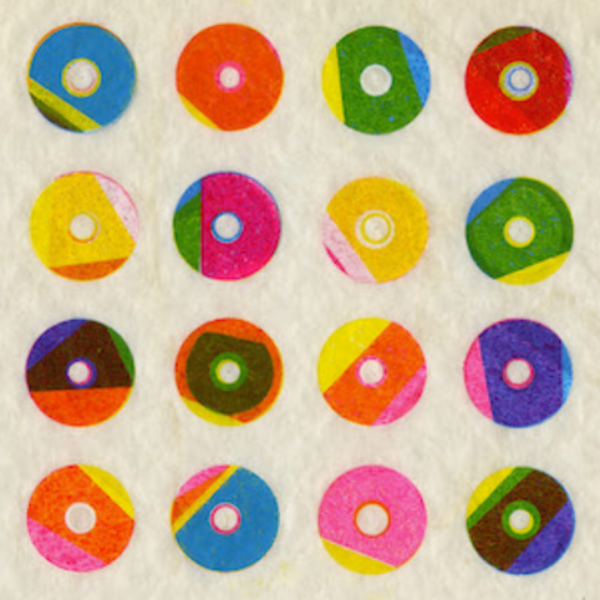
Theory of innovation
The rate of innovation
The distribution of product complexity helps explain why some technology sectors tend to exhibit faster innovation rates than other sectors.

Theory of innovation
The science of strategy
The usefulness of components and the complexity of products inform the best strategy for innovation at different stages of the process.
Theory of innovation
The secret structure of innovation
Firms can harness the shifting importance of component building blocks to build better products and services and hence increase their chances of sustained success.
Theory of innovation
Serendipity and strategy
In systems of innovation, the relative usefulness of different components changes as the number of components we possess increases.